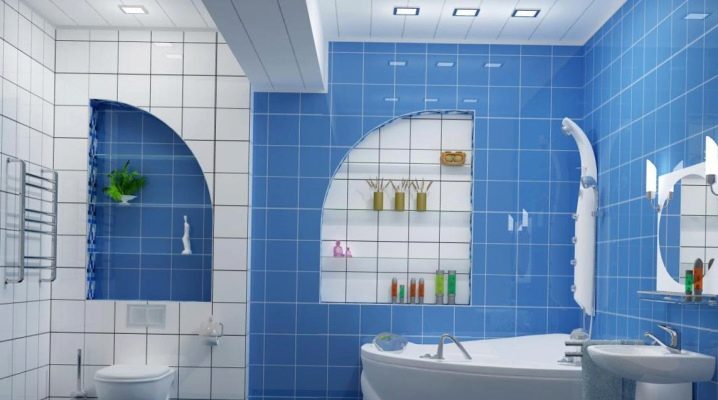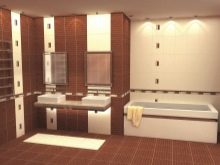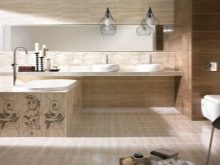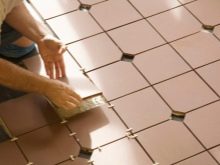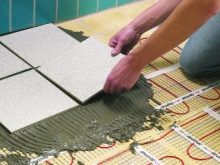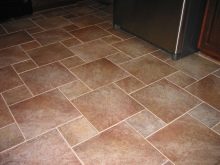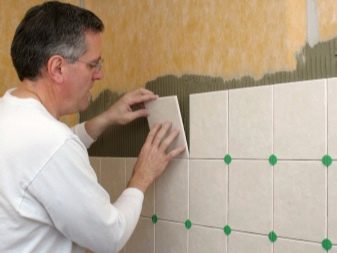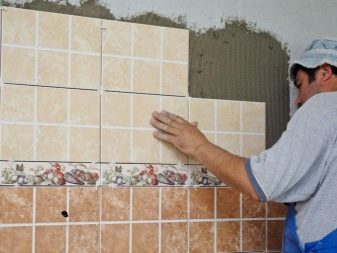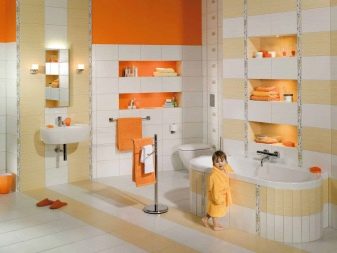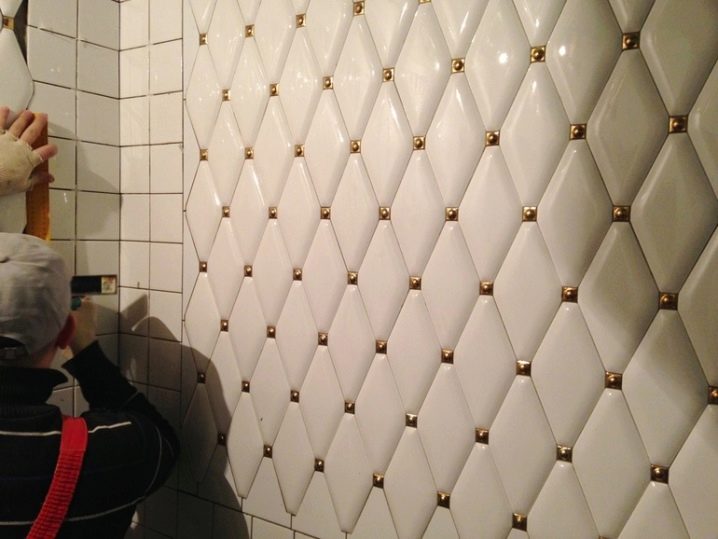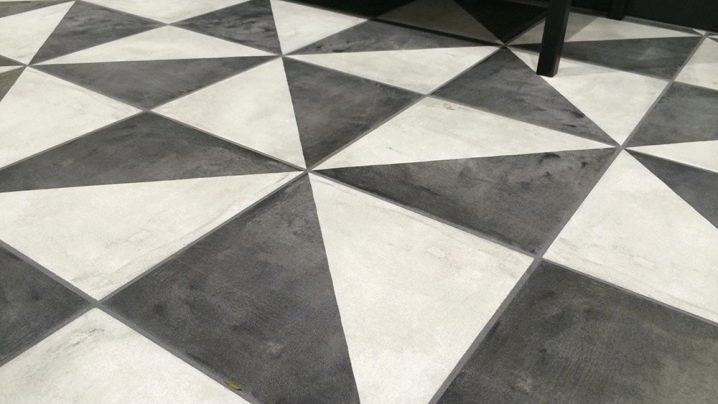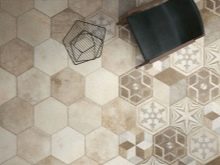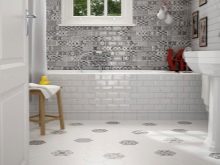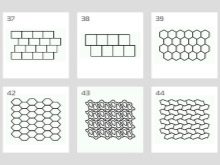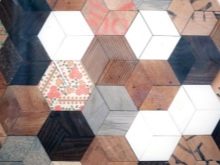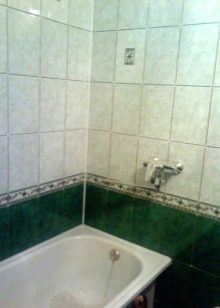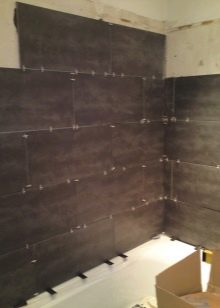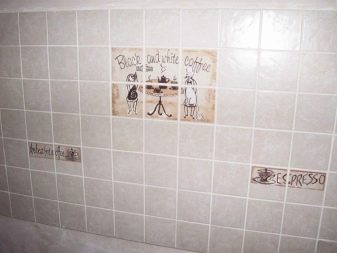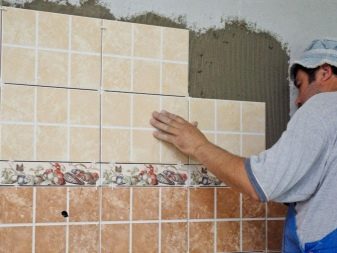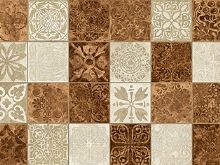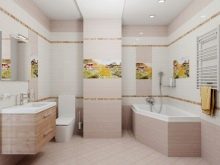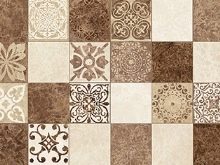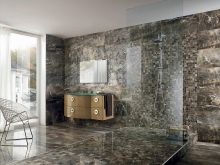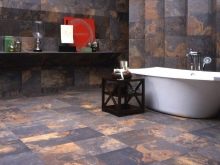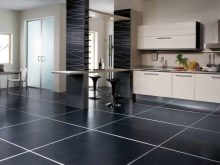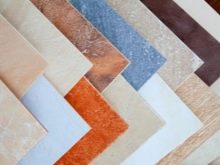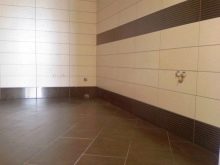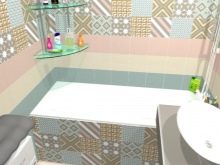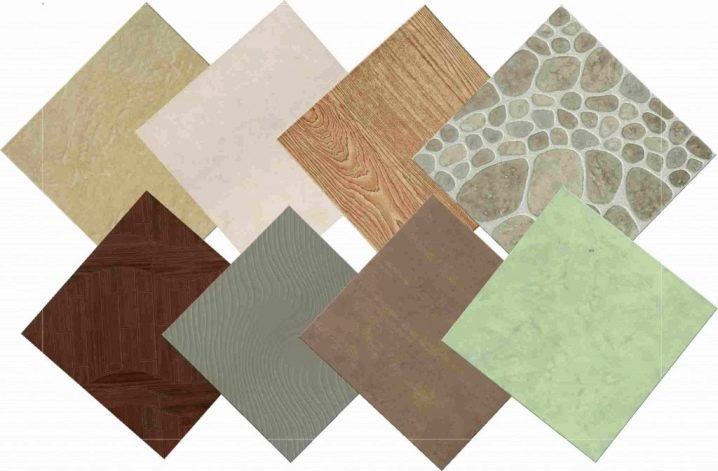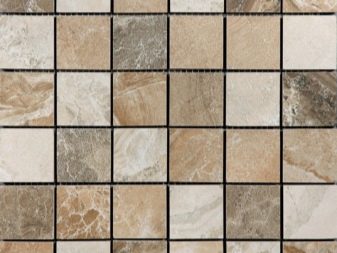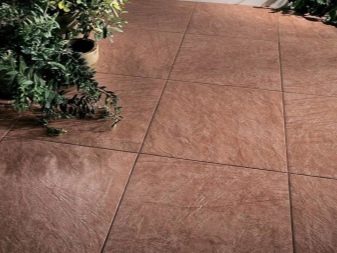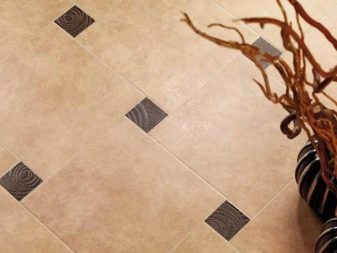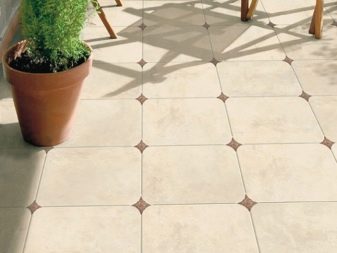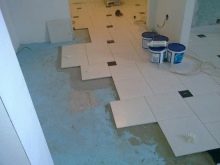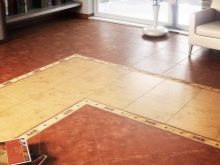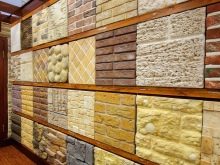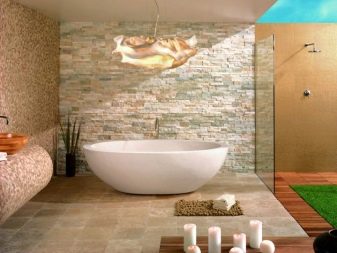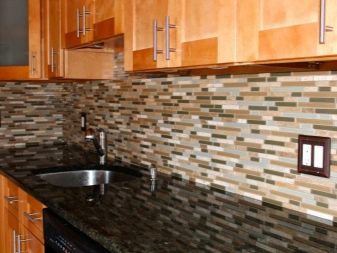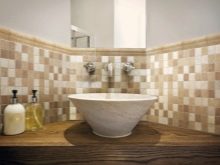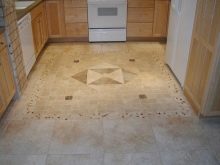Standard tile sizes: subtleties of choice
Choosing a ceramic tile, we are based on a set of characteristics. This product quality, design and price. But there is another important parameter that should not be overlooked, so that the result of the repair pleased you. We are talking about its size.
Types and dimensions of tiles
Designers offer us not only a wide variety of textures and colors of ceramic tiles, but also various forms, and the sizes of this facing material:
- Square. Very often used for finishing the floor. With the help of such a plate is created a classic picture. But often it can be seen on the kitchen apron and on the wall in the bathroom. When using a square on a vertical and horizontal surface, the result may upset you, as aesthetic proportions are violated.
It is necessary to take into account an important nuance: if the floor is made of squares, then the walls are better decorated with rectangles or mosaic.
- Rectangle. The most popular type for wall decoration. Depending on the size and aspect ratio, allows the use of various schemes of installation. In addition, if you choose the right proportions, you can use different dimensions of a given geometric shape on the same plane. That rectangle allows you to make the famous laying "Christmas tree". There are no general guidelines for choosing sizes and combinations of various forms. It all depends on your imagination and artistic taste.
- Rhombus. Some well-known manufacturers, such as Ballester Porcar, Cevica, offer us such an unusual shape. The interior, made in this version, will look quite strictly, but it is unusual and luxurious. For lovers of comfort and convenience, you can choose an option that simulates soft upholstery (it is the shape of a diamond that allows you to do this).
- Triangle. It is rare to find a room that would be completely trimmed with triangular tiles. But it looks great as a decorative accent.Not all manufacturers produce such a form, but if you set a goal, you will certainly find it on sale.
- Pentagonal and hexagon. Unusual forms that cause considerable interest of consumers. The fact is that even the fragmented inclusions of hexagons or pentahedra on the floor or wall makes the interior much more interesting and fresh. But when choosing it, you need to think about how you will combine it with other forms in order to create an ideal picture without gaps.
- "Hog". The peculiarity of this form are the edges of the tile that are beveled at 45 degrees. The very same it has a rectangular shape and imitates decorative brick. The sizes can be different, but the most popular options are 7.5x10 cm, 28.5x8.5 cm, 10x20 cm.
The choice of size depends on the area of the room. The smaller the quadrature, the more modest the size is to choose in order not to visually make it smaller.
Possible sizes
If you try to classify all the available tile sizes, you get the following:
- Small in size. As the name implies, this is the smallest on the market today. It is a 5x5 cm block.With it, you can easily create a pattern or even a real picture on the plane. It should be borne in mind that laying a mosaic is almost a jeweler’s work, so it’s better to trust it to a professional.
- Classic. Its dimensions can vary from 10 cm to 50 cm. It should be understood that these can be both squares and rectangles, and in some cases even more complex shapes. This type is the most popular. The reason is simple - this range of size range is suitable for most tasks, the stove is easy to lay, with the help of the game of forms and size you can achieve the desired effect.
- Large size. The sides of this type can have parameters from 50 to 120 cm. On the one hand, it is obvious that it is easier to lay one slab 100x100 cm in size than to lay out the same area from a mosaic, but on the other, it is suitable only for rooms with a large square.
When used in small spaces, it will be necessary to cut the slab, which is not very convenient. In addition, drawing may suffer. But oddly enough, it is such a tile that is very popular among modern designers.
The thing is that with its help you can create a single web, on which the seams will be almost invisible. It seems that the wall and floor are finished with a single piece of marble or granite.
The choice of tile size can also be based on such an important parameter as price. On average, mosaic and large-sized slabs cost 20-30% more.
For walls
The classic size of tiled or ceramic tiles for walls has parameters of 20x30 cm. More recently, it was precisely such dimensions that could be seen in most apartments. But interest in new forms and the ability to implement unique projects are increasingly encouraging people to look at tiles of other formats.
There are the following sizes of wall tiles:
- 120x240 mm;
- 150x150 mm;
- 150x200 mm.
It does not make sense to list all the dimensions available on the market. You can see all the variety at a nearby hardware store. And if none of the options meets your exacting requirements, you can contact the manufacturers and discuss the possibility of making tiles according to your individual sizes. Some firms do provide this service.
As for the thickness, it is usually less than that of the floor tile. This is due to the fact that it does not require such durability. Standard parameters range from 0.4 cm to 1 cm. It is these dimensions that allow it to remain durable. Here an important feature is the weight of an individual tile: the smaller it is, the easier it is to mount it on a vertical surface.
For the floor
The most popular form for the floor remains the square. Its standard sizes are presented in three variations:
- 10x10 cm;
- 30x30 cm;
- 60x60 cm
Manufacturers offer other options (5x5 cm, 20x20 cm, 33x33 cm, etc.), but consumers still prefer tiles with standard dimensions. Products of rectangular shape very often imitate natural materials, in particular, wood. In this case, the following sizes are popular: 15x45 cm, 12x60 cm, 15x60 cm, 19x60 cm, 14x66 cm, 15x66 cm. This option is perfect for a bath where it is impossible to use parquet or laminate, but I want to see the texture of wood.
The thickness of the floor tile is slightly larger than that of the wall tile. This is due to the fact that it requires high strength and durability. The minimum thickness is 9 mm, but there are plates and 20 mm and 23 mm.
Mosaic and Decorative Stone
Mosaic can measure from 1 to 20 cm. But do not be afraid that you have to lay out the squares of 1 cm yourself. Manufacturers attach them to the grid (its size can also be different), which is mounted on the wall.
This reveals a very important property of this form. It can be mounted on uneven surfaces. For example, she can trim the side of the bath or another convex surface.
One of the main problems with the installation of any tile is the need to cut and adjust it to the existing dimensions of the room. But this is absolutely not problematic when using a mosaic, since cutting the grid along the desired trajectory is no problem.
There is also such a wall covering plate as a decorative stone. It is made on the basis of clay, acrylic resin or cement. Externally, it can imitate brick, sandstone, limestone and other natural materials. It is usually produced by plates, the dimensions of which can be completely different, depending on the type and manufacturer.
But you can also find tiles that are separate bricks. Their size is much smaller.But if you need to finish a difficult room, where, for example, there are many protrusions and niches, it will be indispensable.
How to choose?
A few simple tips:
- Large rooms. Rooms that can boast of impressive size, can afford the tile and the appropriate dimensions. But it is not necessary to trim all the walls in large blocks. With the right approach, a combination of different sizes and colors will look interesting and organic.
If all the walls or the floor is decorated with small mosaic, then there is a chance that you will begin to ruffle in the eyes. It should be used only as accents.
- Small rooms. The rule here is that the smaller the room, the smaller the size of the tile. Do not forget to calculate the ratio of the size of the tile and the room. Better if they are multiples. That is, if the width of the toilet room is 1 m, it is more expedient to choose a tile, the length of which will be 20 cm, 25 cm, 50 cm. So you will significantly save on trimming.
- Bathroom. Even in small bathrooms, you can create a real masterpiece. A combination of mosaic and standard tiles can help. You can also focus on one of the walls.It will look original. It is considered traditional to use tiles of the same size, but in different colors at the top and bottom. A border is usually used at the junction.
- Kitchen. If the size of the room allows, you can use large blocks, creating a whole picture. Otherwise, we advise to do the classic options. Although here you can show imagination and choose the original pattern of installation (this is feasible only when choosing rectangular-shaped tiles). As a result, you will get a unique drawing and avoid trivial solutions. If you are an adherent of the classics, then choose a square.
- Floor. Many are afraid to lay tiles on the floor, as they believe that it will be very slippery. To avoid this, the matte surface of the product will help. Also achieving this goal contributes to the small size of the tiles. That is why the floors in the pools and showers are often decorated with small tiles or mosaics.
Plate size is key. Even if you madly liked her design, but the parameters are not suitable for a particular room, then all efforts will go to ashes. Therefore, do not neglect these parameters when choosing it.
How to choose the right tile and its size, see the following video.
